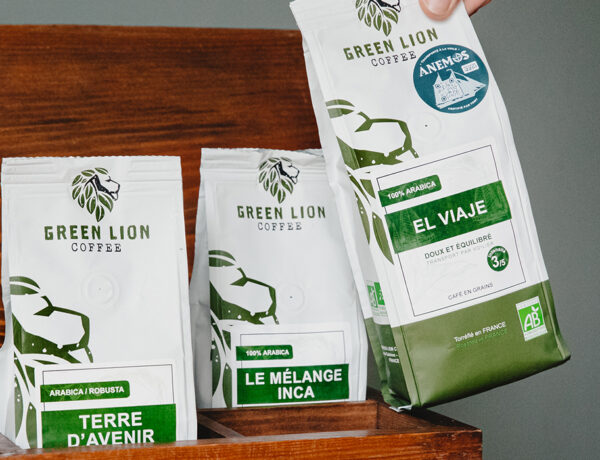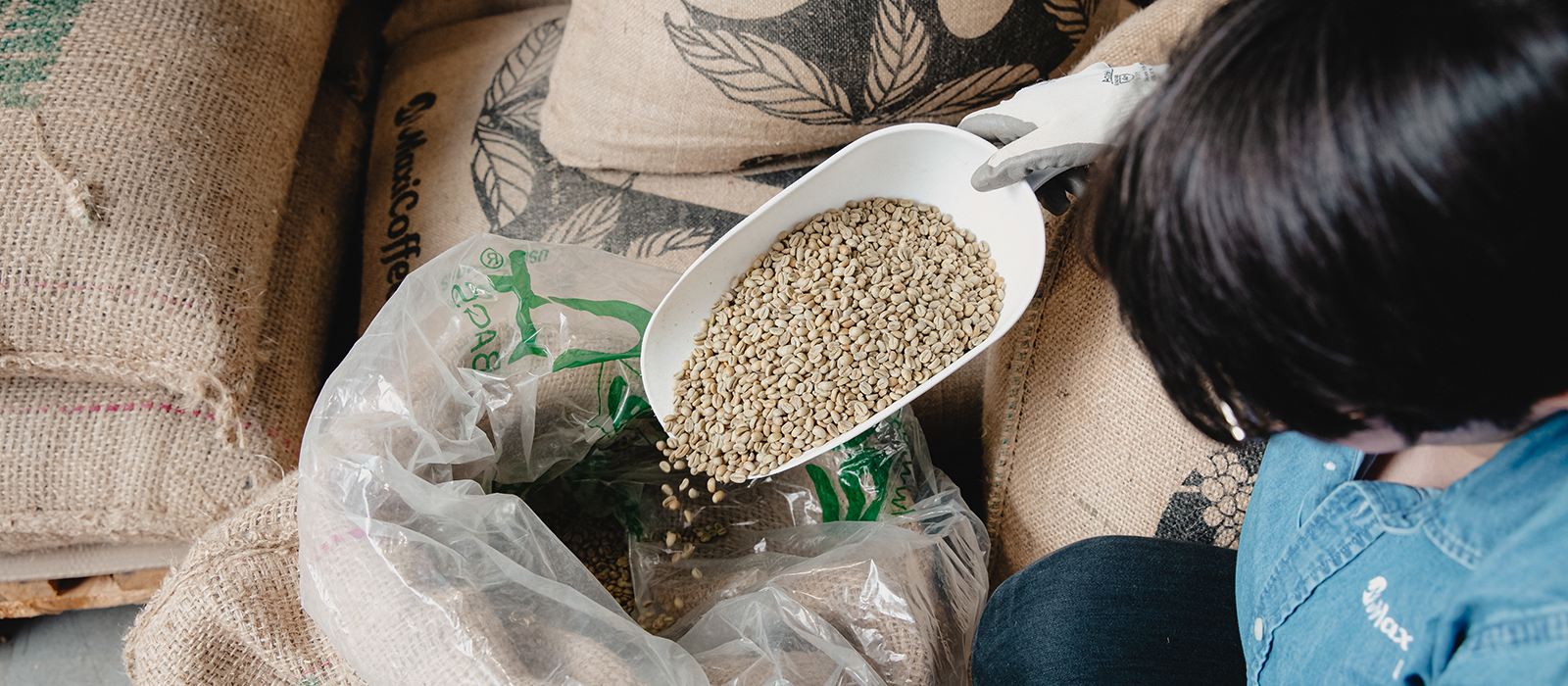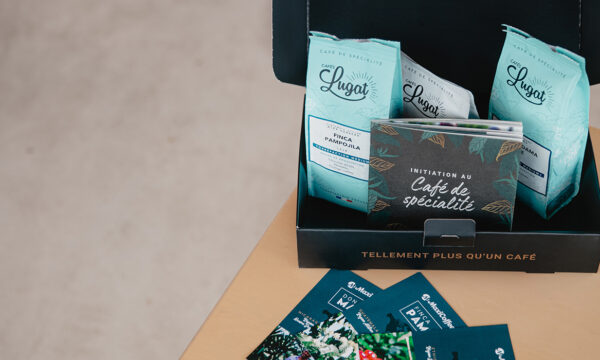
- Home
- Coffee processing: New experimental processes for green coffees

Coffee processing: New experimental processes for green coffees
Written by Julie
Reading time 5 minIf you’re a coffee lover, you know that the taste of your morning brew is an essential part of your day. But have you ever wondered what processes go into making your coffee beans taste so good ? Coffee producers are always innovating and developing new ways to process green coffee beans. Let’s take a closer look at these new experimental processes and how they could shape the future of coffee production.
Coffee processing
Well before being roasted, the processing of green coffee, following the harvest, consists of being pulped and then dried. This is not a chemical treatment, but more of several processing steps (from cherry to green bean). This step is also called the process. The two most common processes are the natural process (or dry process) and the washed process (wet process). There are other processes such as Honey and its various variants, but also, for some years now, experimental processes. With that being said, today we are going to focus on two new processes that are used exclusively at MaxiCoffee. During their last trip to Colombia, MaxiCoffee worked hand in hand with coffee farmers to develop new experimental processes! These processes are already well known in the wine world. As the worlds of wine and coffee have many similarities, our roasters had the idea of transferring the processing methods of one to the other.
As a result, two new coffee processes were developed:
- The Malolactic Process
- The Macro-Oxygenation Process
Coffee processing – Process 1: Malolactic fermentation
Malolactic fermentation is already widely used in France in the production of red wines. It serves to limit the acidity of the wine by transforming malic acid into lactic acid. Malic acid (like that found in green apples) is indeed “stronger” (more acidifying) than lactic acid (found in yoghurt). Used as a fermentation for coffee, this process has the same objective as “Macrooxygenation“. It favours the perception of sugar in the cup while taking a different approach: limiting the perception of acidity.
Coffee processing: How does it work?
In practice, it poses certain technical difficulties. It requires two elements in addition to the presence of suitable ferments: a fairly stable temperature above 15°C and an oxygen–free environment. It therefore falls into the family of anaerobic fermentations. In the case of Finca Gutierrez “Dionysos”, the coffee was pre–fermented in a bag, with the whole cherry, for 48 hours to facilitate the fermentation that would follow and to favour the transfer of sugars from the pulp to the beans. The beans are then partially pulped and immersed in water in a vat to prevent any contact with the air. It is at this point that ferments are added (from the Oenococcus Oeni strain, a lactic acid bacterium used in wine–making). This fermentation lasts 72 hours. The coffee is then drained and put to dry without prior rinsing to limit water consumption (malolactic fermentation is then stopped by the presence of oxygen). This honey–process style drying also contributes to the transfer of sugars to the beans. In short, for this Yellow Bourbon, the post-harvest treatment was done with two ideas in mind: to favour the transfer of sugars and to limit the perception of acidity (by limiting the drop in pH). This results in a smoother, more accessible cup while retaining body.
Coffee processing – Process 2: Macro oxygenation
Macro oxygenation consists of oxygenating the coffee in a punctual way with precise quantities of oxygen. This process is almost non-existent in coffee fermentation, but is very common in the wine industry, mainly in France. This process makes it possible to offer a more complex cup and a reduction in bitterness by playing on the astringency. The destruction of the tannins favours the perception of sugar in the cup. It works on the bitterness contrary to malolactic which focuses on the acidity.
How does this coffee treatment work?
The coffee cherries should only be picked when they are ripe in order to facilitate fermentation and to avoid the unpleasant aromas of overripe or immature beans. After manual selection, the whole cherries are pre–fermented to promote the exchange of sugar between the pulp and the bean. The cherries are then pulped without water and collected in a tank. The skins and pulp are pressed to recover their juice, essential ingredients for fermentation. On the other hand, the pulp and skin of the coffee cherries have to be collected separately in a tank for an additional but very important process. The coffee cherry juice (like grape juice) must be extracted as a key ingredient in the fermentation process of the coffee beans. Then, once the cherry is pulped and collected in the vat and the juice is extracted, they must be put in the same vat and it must be closed tightly to allow the fermentation to start. The duration of the fermentation process is 96 hours and during this time oxygen is added at regular intervals. This will help to degrade the tannins. Finally, after 96 hours, the grains must be dried at a temperature of between 35 and 40°C. Then, they are dried with the rest of the mucilage on an African bed (as in the honey process) in order to promote the exchange of sugars. Later, the grain should be stored preferably in a plastic bag in a dark, cold and cool warehouse (this is not specific to this process, but to all).
It is an exciting time for the coffee industry, with new experimental processes offering exciting new flavour profiles . By exploring these new processing methods, we can all be part of shaping the future of coffee.
Discover all of our articles


Speaking frankly, you are absolutely right.